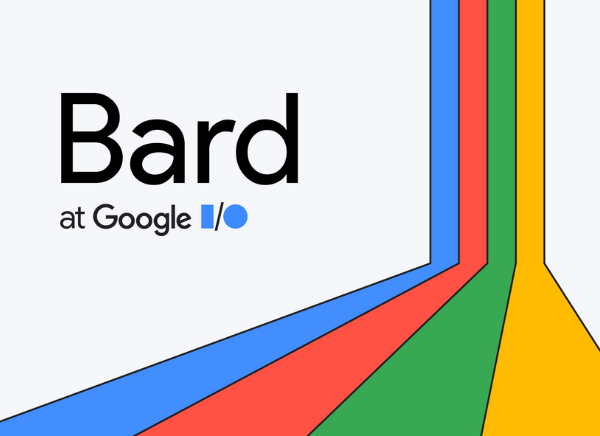
In a significant development, Google has launched its generative AI experiment called Bard in Arabic. This expansion marks Google’s largest venture since Bard’s initial release in English earlier this year in March. Bard aims to unlock people’s creative potential, facilitate idea development and brainstorming, provide diverse perspectives on various topics, and simplify dense content to boost productivity.
Leveraging Google’s latest language model, PaLM2, which possesses a multilingual understanding of information, Bard can comprehend questions in more than 16 Arabic dialects, including Egyptian colloquial Arabic and Saudi colloquial Arabic. It responds in Modern Standard Arabic (MSA). Furthermore, Bard comprehends input featuring Arabic along with another language, known as code-switching, and offers a user interface that supports right-to-left scripts.
Google has also introduced a range of new features to enhance Bard’s accessibility and usefulness, including:
– Ability to hear Bard’s responses audibly by clicking on the sound icon.
– Option to save, organize, and modify previous conversations with Bard.
– Capability to share Bard’s responses with friends through shareable links.
– Exporting Python code to Replit, an online integrated development environment, alongside Google Colab, to assist developers in coding.
– Integration of Google Lens capabilities into Bard, allowing users to upload and utilize images in prompts (currently available in English only).
– Customization of Bard’s response tone and style, offering options such as funny, simple, long, short, professional, or casual (currently available in English only).
Najeeb Jarrar, the Regional Director of Marketing at Google MENA, expressed enthusiasm about the launch, stating, “We’re excited to give all Arabic speakers the opportunity to experiment and collaborate with Bard, our generative AI experiment that helps people expand their creativity, learning, and productivity. Our engineering team and linguist experts worked together to enhance Bard’s capabilities in Arabic, including its user interface that supports right-to-left script. Bard can also understand different dialects and levels of Arabic language proficiency to help more Arabic speakers around the world.”
In line with their responsible approach to AI, Google has engaged proactively with experts, policymakers, and regulators regarding this expansion. Jack Krawczyk, Director of Product Management at Google, affirmed, “As part of our bold and responsible approach to AI, we’ve proactively engaged with experts, policymakers, and regulators on this expansion. And as we bring Bard to more regions and languages over time, we’ll continue to use our AI Principles as a guide, incorporate user feedback, and take steps to protect people’s privacy and data.”
Bard is now available in over 40 languages, including Chinese, German, Hindi, and Spanish. Users can access Bard on desktop and mobile devices by visiting https://bard.google.com/. 7
